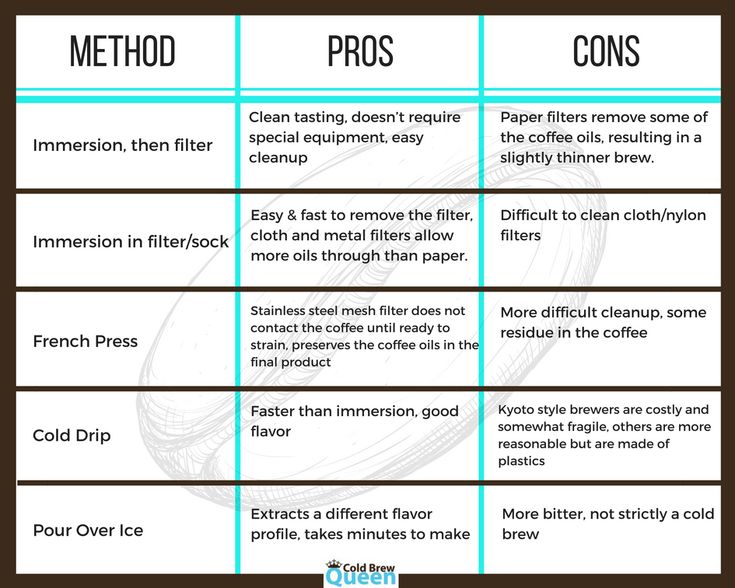
Brewing coffee is both a precise science and a creative art. The brewing method you choose shapes the flavor, aroma, and overall experience of your cup. From the bold intensity of espresso to the smooth nuances of cold brew, every technique has its charm. Here’s a detailed exploration of various brewing methods, complemented by my personal experiences.
Chemex: Elegance with Purpose
The Chemex stands out for its stylish design and its ability to produce a bright, clean cup of coffee.
Advantages:
- Balanced Taste: Thick filters trap oils, delivering a smooth and nuanced flavor.
- Aesthetic Value: Its elegant design makes it a functional kitchen centerpiece.
- Versatility in Size: Available in different sizes to suit solo brewers or groups.
Disadvantages:
- Fragile Design: The glass construction can break easily.
- Requires Skill: Achieving consistent results takes time and practice.
- Time-Intensive: Brewing with the Chemex demands patience.
Siphon Brewing: Theatrical Meets Flavorful
Siphon brewing combines the flair of a chemistry experiment with the craftsmanship of brewing coffee, producing a unique and delicate cup.
Advantages:
- Spectacular Presentation: The process is visually captivating.
- Distinct Flavor Profile: Creates a tea-like coffee with pronounced notes.
- Social Appeal: Great for entertaining guests with a dramatic brewing technique.
Disadvantages:
- Costly Equipment: High-quality siphon brewers are an investment.
- Complicated Process: Setup, brewing, and cleaning require effort.
- Delicate Components: Fragile glass parts demand careful handling.
Personal Insights: My Coffee Brewing Journey
Experimenting with coffee brewing has been a rewarding adventure. I started with a basic drip coffee maker, which served its purpose but lacked the flavor depth I craved. Moving to a French Press was a revelation; the bold and rich brews were a game-changer compared to the muted tones of drip coffee.
Curiosity led me to pour-over brewing. Mastering techniques like the Chemex took effort, but the clarity of flavors made it worthwhile. Brewing with the Chemex is now my weekend ritual, both for its beautiful design and outstanding results.
My espresso journey began with hesitation. The initial learning curve—understanding grind size, tamping pressure, and shot timing—was challenging. But now, crafting lattes and pulling perfect espresso shots feels just as satisfying as savoring them.

Manual Brewing vs. Automatic Brewing
Manual Brewing
Methods like pour-over, French Press, and AeroPress provide control and allow experimentation.
Ideal For:
- Coffee enthusiasts who value customization.
- Those who enjoy the ritual of brewing.
Automatic Brewing
Drip coffee makers and espresso machines deliver convenience and consistency, perfect for busy lifestyles.
Ideal For:
- Individuals with tight schedules.
- Families or groups needing multiple servings daily.
Matching Brewing Methods to Your Lifestyle
For the Busy Professional
Automatic drip coffee makers or pod-based systems like Keurig are quick and reliable, ensuring you don’t skip your caffeine fix.
For the Coffee Aficionado
Pour-over setups like the Chemex or V60 cater to those who appreciate the intricate flavors of well-brewed coffee.
For Adventurers
The portable AeroPress is perfect for camping or on-the-go brewing.
Recommendations Based on Experience
For beginners, the French Press is a forgiving and straightforward choice, offering consistently bold results. If you’re eager to explore more refined flavors, the Chemex is an excellent investment for its flavor clarity and visual appeal. Espresso enthusiasts will find the effort of learning to use a quality espresso machine immensely rewarding.
If I had to choose a single method for balance and accessibility, the French Press would be my pick. However, having an espresso machine for special occasions adds a luxurious touch to coffee moments.
Extra Brewing Tips for Superior Coffee
- Use a Burr Grinder: Ensures consistent grind size for optimal extraction.
- Choose Fresh Beans: Freshly roasted beans amplify flavor and aroma.
- Monitor Ratios: Stick to a coffee-to-water ratio of 1:15 to 1:17 for balanced brews.
- Optimize Water Temperature: Brew between 195°F and 205°F for the best results.
Conclusion
Choosing the right brewing method depends on your lifestyle, taste preferences, and willingness to experiment. From the precision of a Chemex to the robust simplicity of a French Press, each method offers unique joys. For me, coffee brewing has become as much about the journey as the destination, turning each cup into a meaningful ritual.
FAQ Section
Q: What’s the best brewing method for beginners?
A: The French Press or an automatic drip coffee maker is ideal due to their ease of use and reliability.
Q: Is investing in an espresso machine worthwhile?
A: If you enjoy concentrated coffee and café-style drinks, an espresso machine is a valuable long-term investment.
Q: How can I reduce coffee bitterness?
A: Use the correct grind size, avoid over-extraction, and ensure water temperature is between 195°F and 205°F.
Q: Which brewing method is most eco-friendly?
A: The French Press and AeroPress produce minimal waste due to their reusable components.
Q: Is a scale necessary for brewing coffee?
A: While optional, a scale ensures precise measurements, enhancing consistency in methods like pour-over.
Q: How do I pick the best coffee beans?
A: Opt for freshly roasted beans and explore different origins and roast levels to find your preference.
Q: What’s the difference between French Press and AeroPress?
A: The French Press delivers bold, full-bodied coffee, while the AeroPress offers cleaner, more versatile brews.
Q: Can I use pre-ground coffee for brewing?
A: Yes, but grinding fresh beans improves flavor and aroma, especially for methods requiring specific grind sizes.
Q: What’s the best method for iced coffee?
A: Cold brew is ideal for a smooth, low-acidity iced coffee, while AeroPress can quickly create iced coffee with ice.